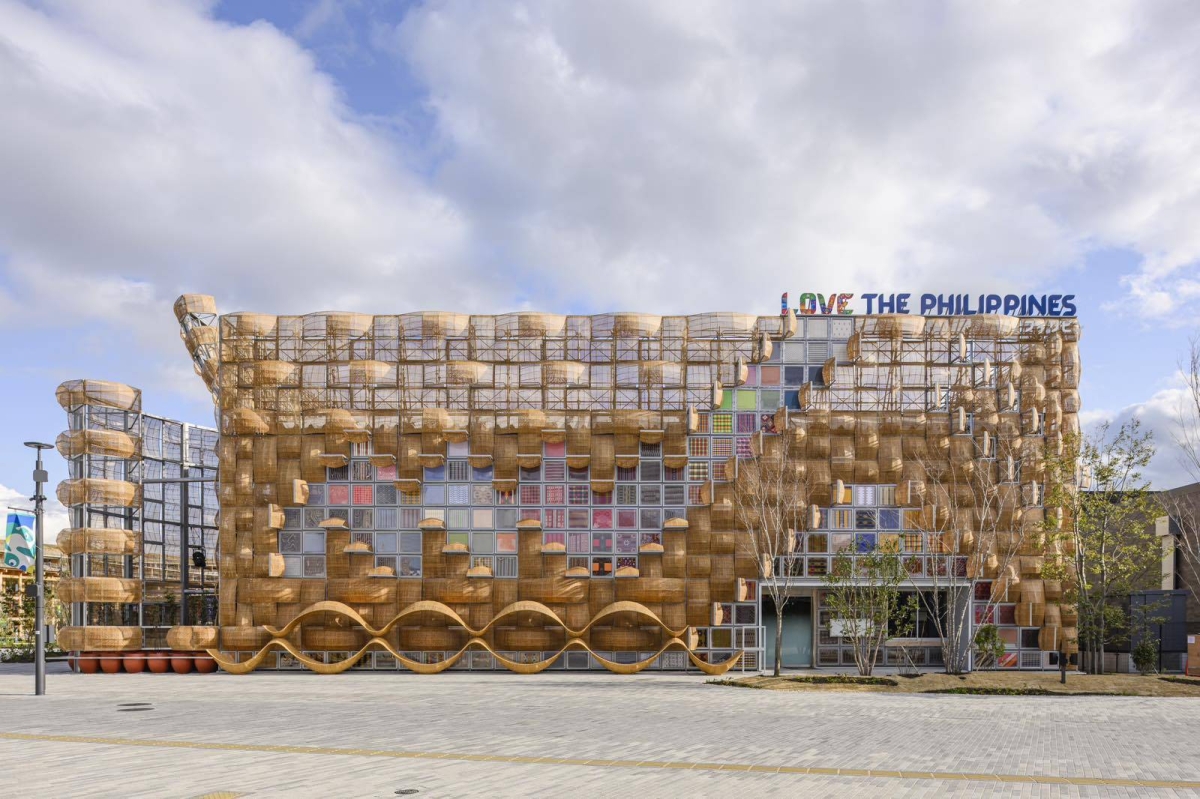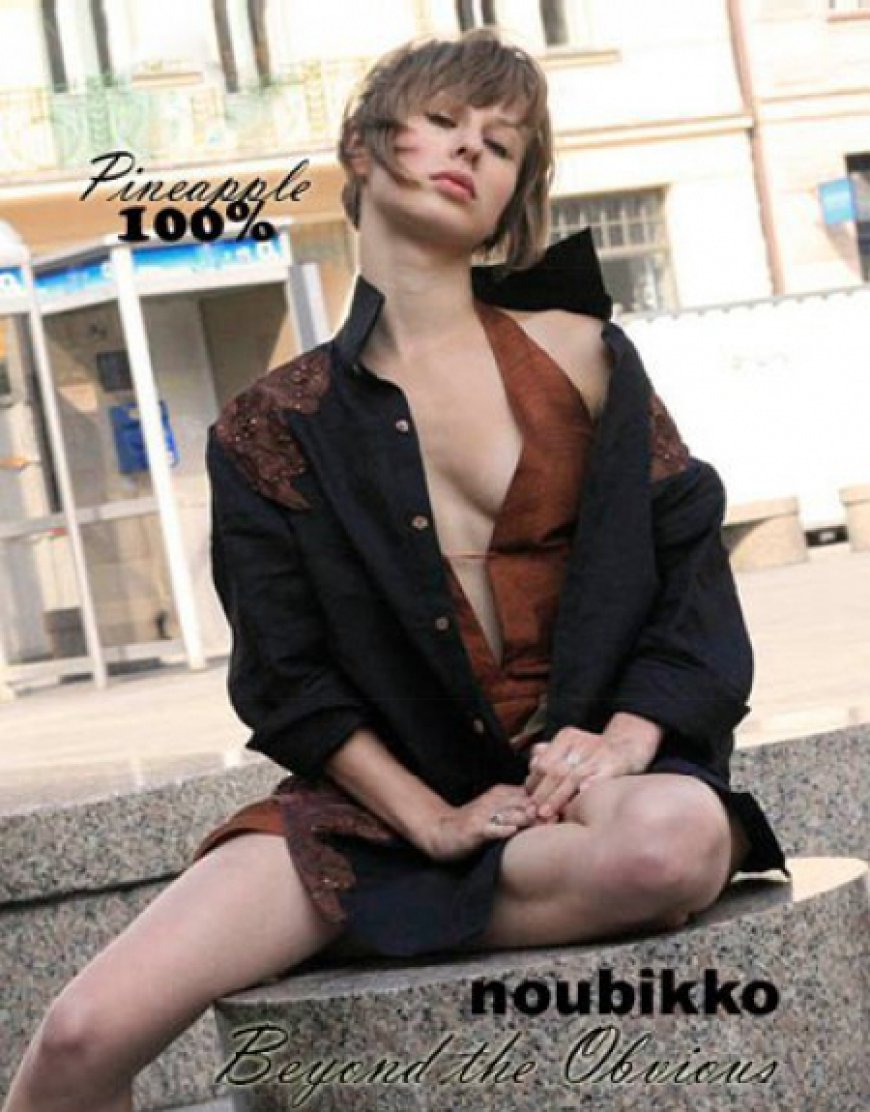PH bares 'heart and soul' at Osaka expo

THE Philippine Pavilion opened its doors on Sunday at the Expo 2025 Osaka, drawing crowds eager to experience Filipino "heart and soul."
Guests were welcomed by the pavilion's intricate façade, showcasing 212 indigenous fabrics from across the Philippines.
The pavilion welcomed dignitaries, VIPs and guests throughout the day, with many calling it "a must-see experience," the Department of Tourism (DOT) said in a statement.
Tourism Secretary Christina Garcia Frasco said the Philippine Pavilion "is our invitation for the world to connect with the heart and soul of the Filipino people and to discover the many reasons to Love the Philippines."
"We hope to inspire travelers to explore our 7,641 islands, experience the depth of our culture, marvel at the excellence of Filipino creativity, and be moved by the stories of triumph and resilience of our communities," Frasco said.
"Expo 2025 Osaka comes at a meaningful time as we mark 70 years of diplomatic relations between the Philippines and Japan," said Philippine Ambassador to Japan Mylene Garcia-Albano.
"The Pavilion goes beyond being a cultural showcase — it's a heartfelt expression of friendship, respect, and shared aspirations with our Japanese partners," Garcia-Albano said.
The pavilion, built around the theme "Nature, Culture, and Community: Woven Together for a Better Future," was the product of the largest collaboration of Filipino weavers ever assembled that blends traditional craftsmanship with tech-powered storytelling.
Inside, visitors explored a curated space anchored by 18 handwoven art pieces, each representing a region of the country.
Created over six months by master artisans using both traditional and unconventional materials — abaca, cotton, candy wrappers, even chicken feathers — these works are enhanced with light, sound, and projections that transport guests to each region's story.
Designed with a second life in mind, the pavilion's key elements — including its woven façade — will be repurposed and displayed at the National Museum of the Philippines after the Expo, ensuring their legacy continues.
"We are overwhelmed and honored by the reception on Day 1," said Maria Margarita Montemayor Nograles, chief operating officer of the Tourism Promotions Board and secretary-general of the Philippine Organizing Committee.
"Seeing so many visitors moved by our stories, our traditions, and our people — it's the strongest reminder of why we are here: to connect through culture and to showcase the heart of the Filipino spirit to the world," Nograles said.
"This façade is a statement," said Carlo Calma, lead designer of the pavilion. "We wanted the structure itself to breathe and move with the stories it holds. It reflects who we are as Filipinos — always in motion, always evolving, alw additional pavilion experiences such as the Habi Gift Shop, Hilot Wellness Space, and Hain Takeout Counter, along with the debut of Pavilion mascot Kokoro-chan, representing the warmth and curiosity of the Filipino spirit.
"We invite the world to not only see the Philippines but to feel it. From every thread on our façade to every story told inside, this Pavilion is our invitation to connect — heart to heart, culture to culture," Nograles added.











